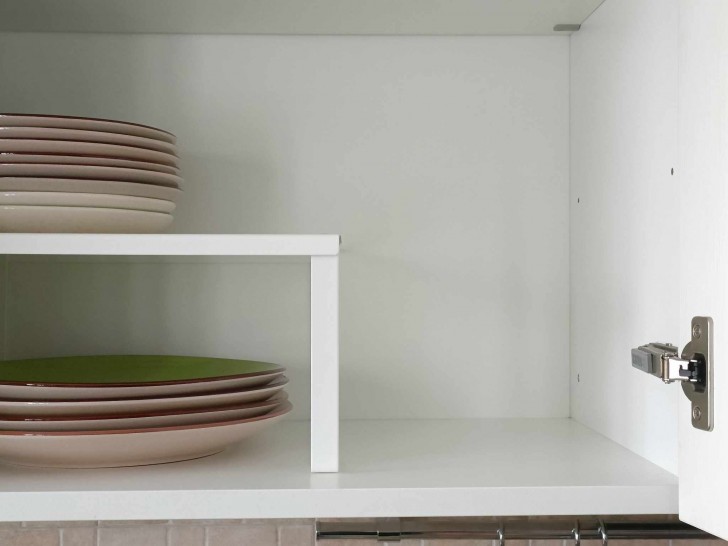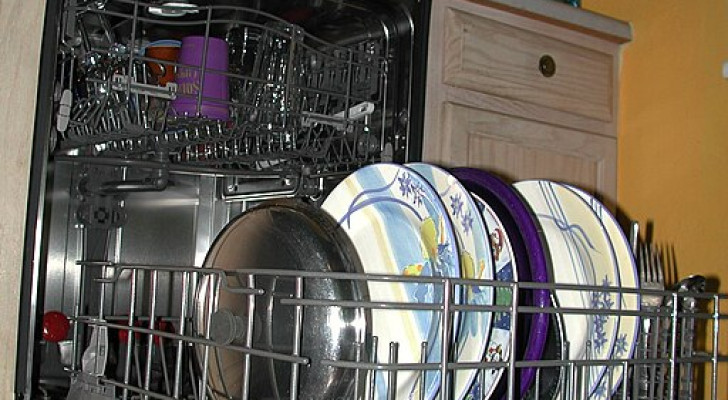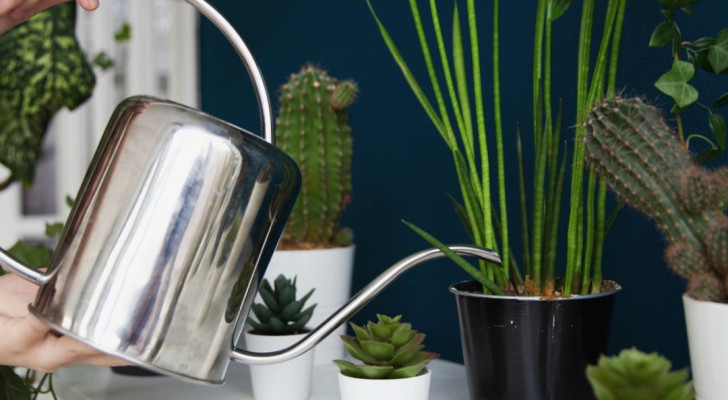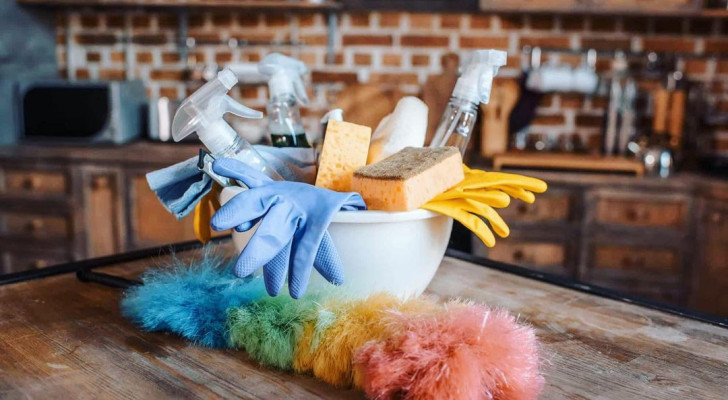Humidity and wood: here are 4 products that can help protect your wooden furniture from damaging humidity

In almost every home, most of the furniture is made of wood. This beautiful, robust, versatile and elegant natural material is also very fragile and needs regular care and maintenance. One of the factors that could cause major problems for wood is humidity. Especially in the bathroom and kitchen, humidity can penetrate causing it to swell, crack and even rots.
That said, many DIY methods could be useful in off-setting this risk. Let's check out 4 that are easy to do and cheap too.
How to prevent humidity forming

Rawpixel
It is normal for there to be some humidity in our homes, especially during autumn and winter. The windows remain closed most of the time, and wet laundry drying indoors pushes up humidity levels. Adding to this is water vapor (steam) from the bathroom and from boiling pots in the kitchen. All these factors lead to humidity build-up in the home, which can damage wood. So, what can be done?
First of all, open the windows for ventilation for brief sessions - even for short periods will help. Then, you can use dehumidifiers and radiator heat to counteract the humidity. These methods are effective in humidity at bay in the house.
But not everyone knows that there are some very easy DIY methods that can be used too - read on to find out more:
DIY methods to combat damp getting into the furniture

So, what can you do if humidity is high in the house and you don't have a dehumidifier? You could place some natural products at strategic points of the house - and also in/near the furniture - to prevent humidity-related damage..
- Sodium bicarbonate (baking soda): baking soda absorbs moisture. Just place a bowls of baking soda inside cupboards or drawers (and elsewhere as needed) to prevent humidity build-up;
- Salt: Rock salt is a great humidity absorber and can be used just like baking soda, described above.
- Silica: Silica comes in granules that look a lot like rock salt and have more or less the same properties. You can use these granules by placing them inside a jar or a small box (into which holes have been punched) so that the silica can absorb excess moisture. In this way, humidity around the furniture will be captured and will not penetrate into the wood fibers;
- Rice: Rice is excellent for combating humidity. Rice grains can be put in bowls and placed in high-humidity areas.
One important thing to remember...

Creativo
Whatever product you choose from the 4 listed above, remember to replace them after a few days or weeks of use, so that they can continue to act effectively for as long as is needed.
Did you already know about the absorbent properties of these natural products?





